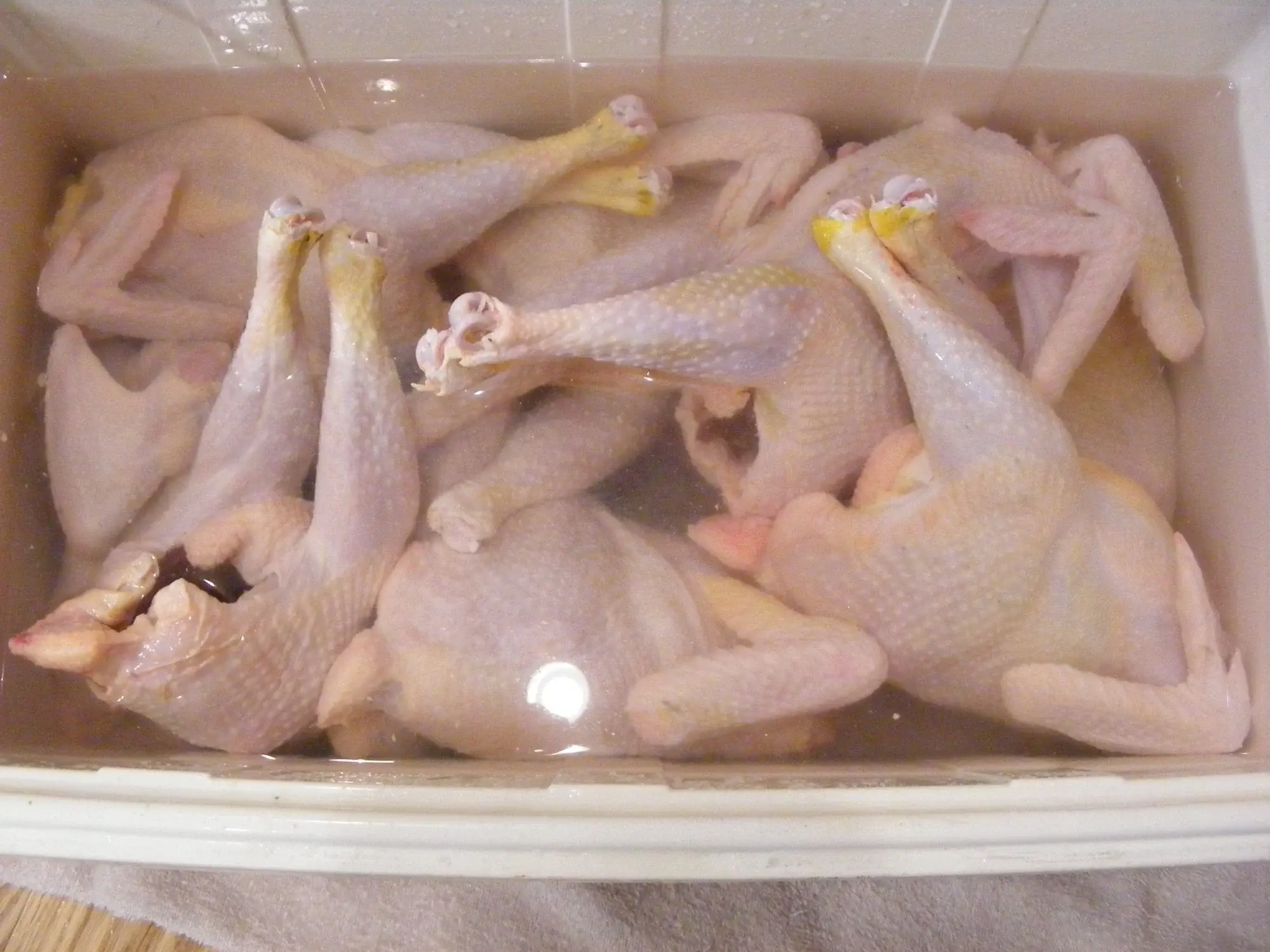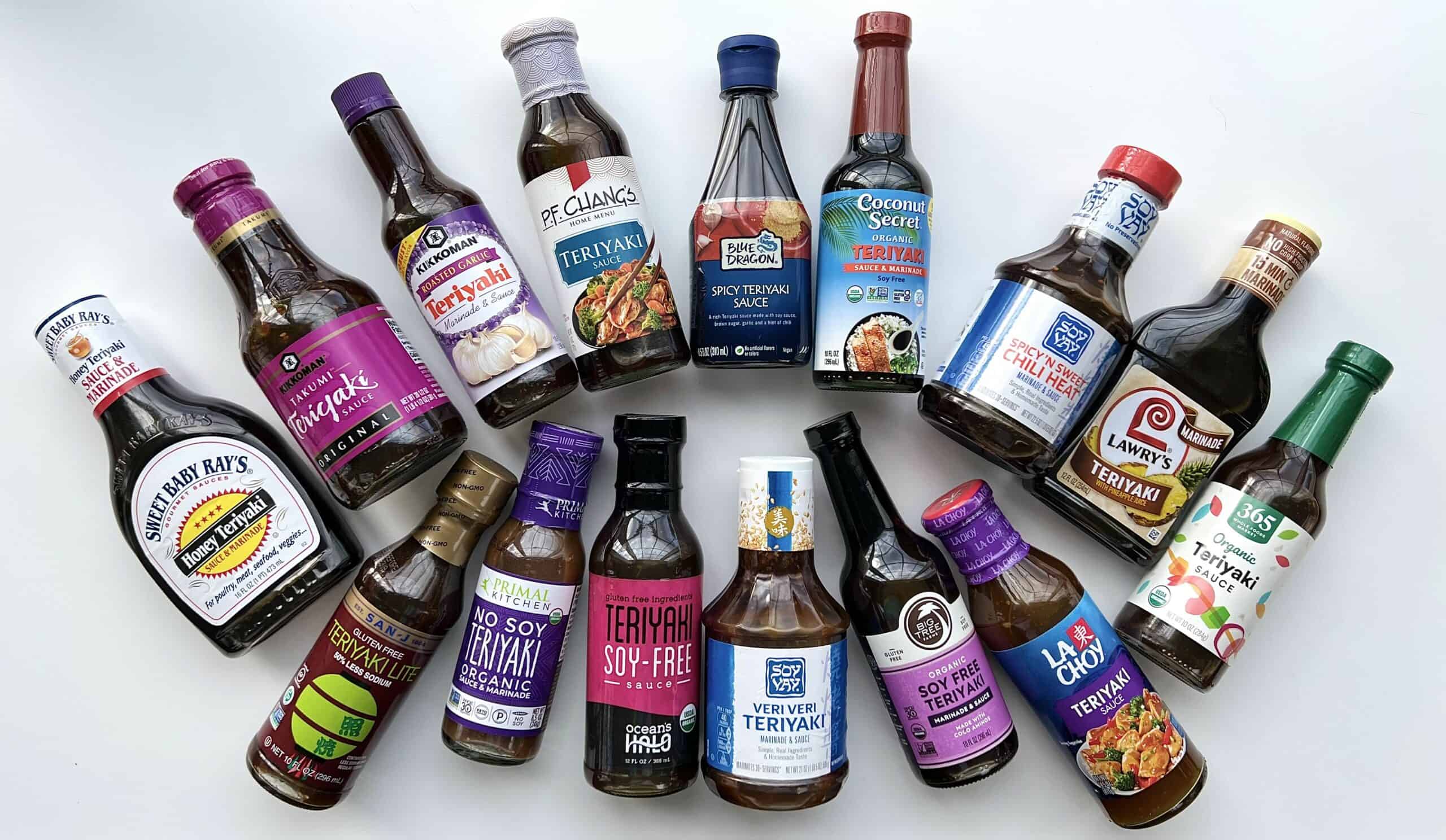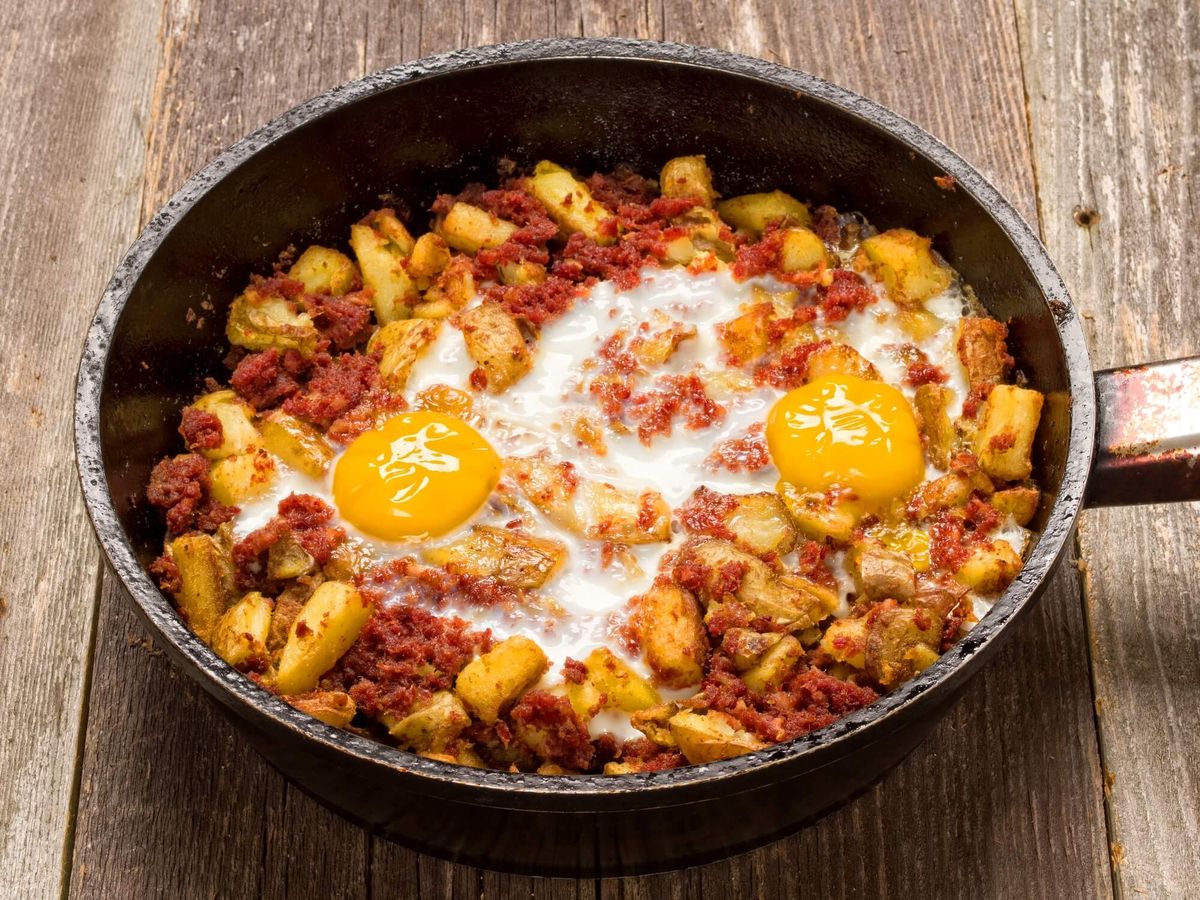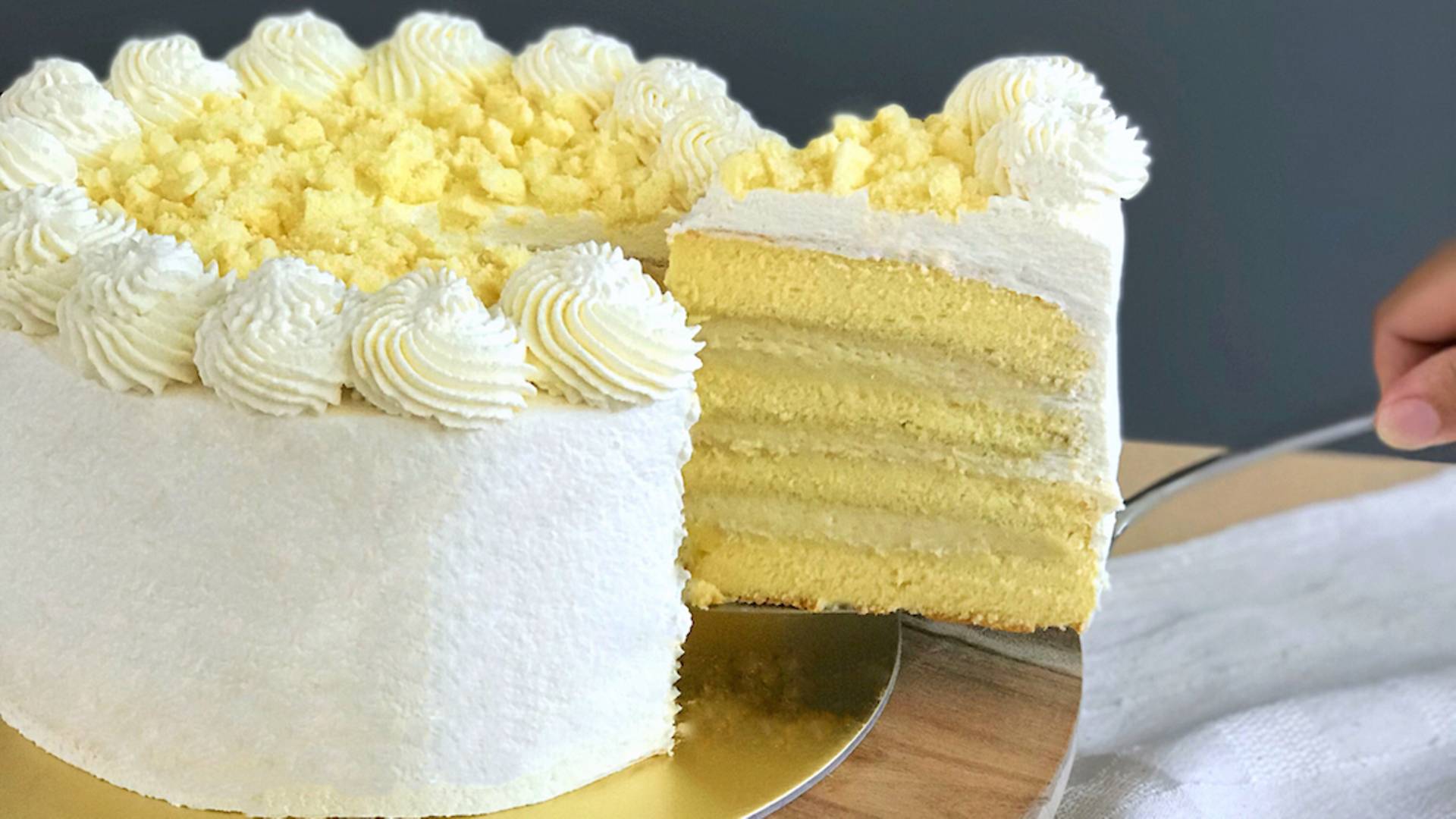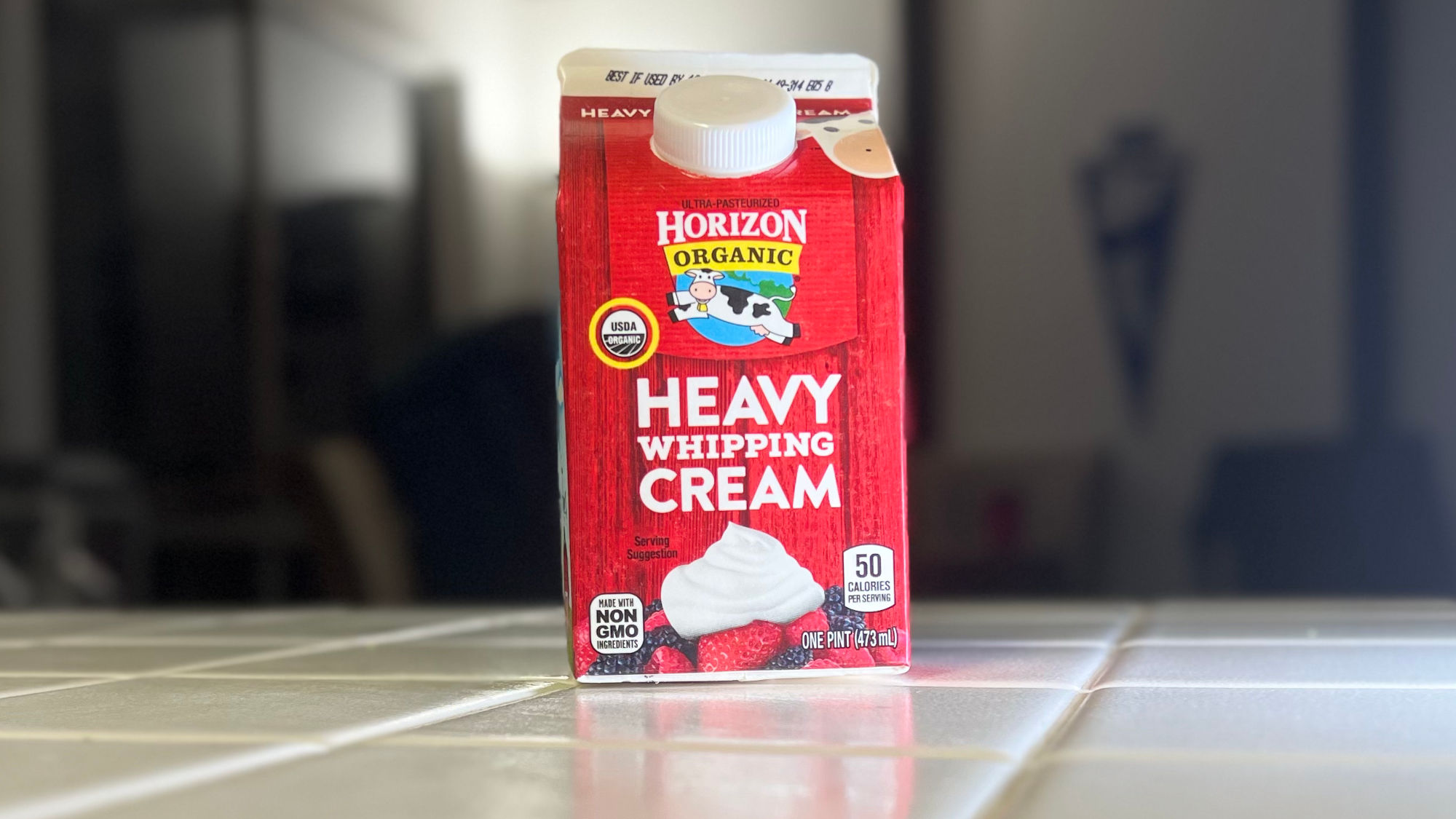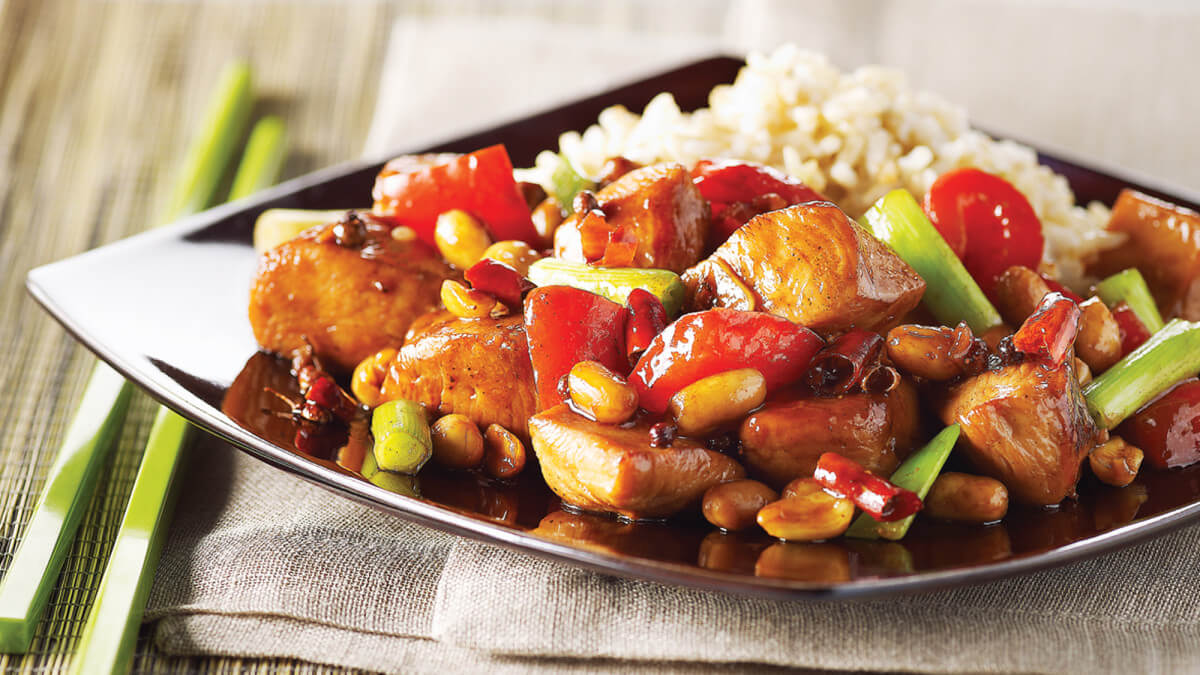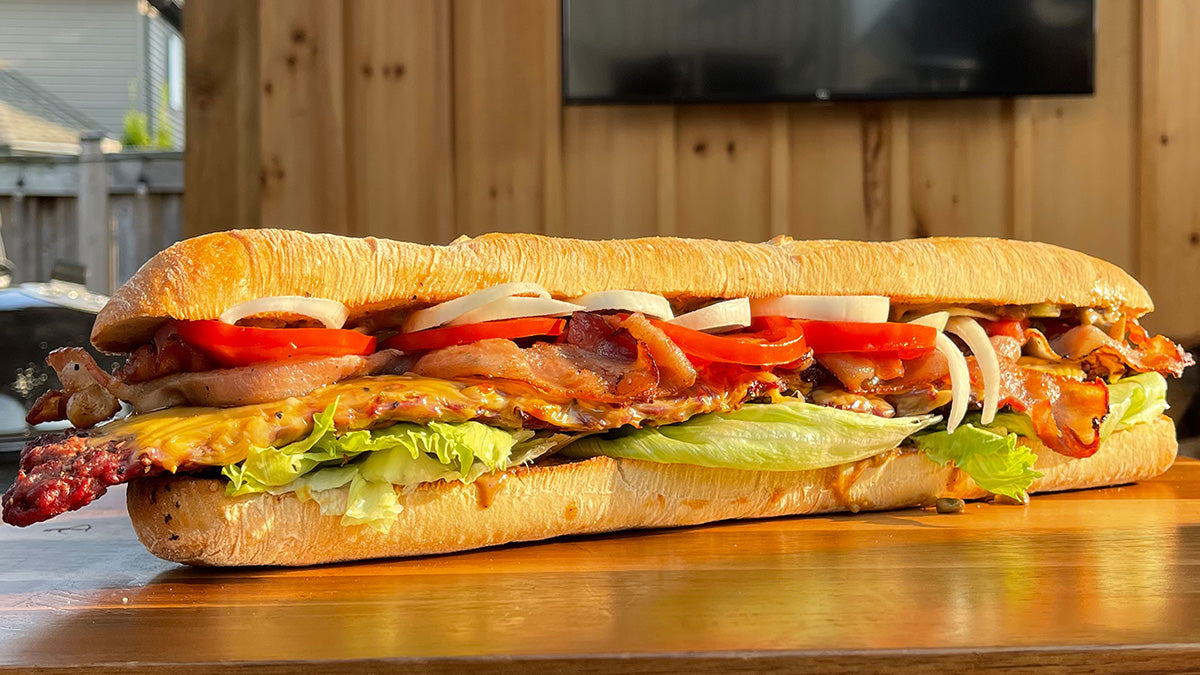Understanding Kung Pao Sauce
When it comes to Chinese cuisine, Kung Pao sauce is a popular and flavorful addition to many dishes. This savory and slightly spicy sauce adds a unique taste to a variety of recipes, making it a favorite among food enthusiasts. But what exactly is Kung Pao sauce, and how is it used in cooking? Let’s delve into the details of this delicious and versatile sauce.
Origins of Kung Pao Sauce
Kung Pao sauce is named after Ding Baozhen, a Qing Dynasty official who held the title “Kung Pao.” The sauce originated in the Sichuan province of China and is known for its bold and spicy flavors. Traditionally, Kung Pao sauce is made with a combination of ingredients such as soy sauce, vinegar, sugar, and Sichuan peppercorns, which give it a distinct numbing and spicy taste.
Key Ingredients
Kung Pao sauce typically includes the following key ingredients:
- Soy Sauce: Adds a salty and savory flavor to the sauce.
- Vinegar: Provides a tangy and acidic element to balance the flavors.
- Sugar: Adds sweetness to counteract the spiciness of the sauce.
- Sichuan Peppercorns: Contributes a unique numbing and spicy taste.
- Chili Peppers: Adds heat and spiciness to the sauce.
- Garlic and Ginger: Enhances the overall flavor profile of the sauce.
Uses in Cooking
Kung Pao sauce is incredibly versatile and can be used in various ways, including:
- Stir-Fries: It is commonly used as a stir-fry sauce for chicken, shrimp, or tofu, creating a delicious and spicy dish.
- Marinades: It can be used as a marinade for meats, adding depth of flavor before grilling or roasting.
- Dipping Sauce: Kung Pao sauce can also be used as a dipping sauce for appetizers or as a condiment for noodles and rice dishes.
How to Make Kung Pao Sauce
While Kung Pao sauce is readily available in stores, it can also be made at home with a few simple ingredients. Here’s a basic recipe for homemade Kung Pao sauce:
Ingredients:
- 1/4 cup soy sauce
- 2 tablespoons rice vinegar
- 2 tablespoons sugar
- 1 tablespoon Sichuan peppercorns, crushed
- 2-3 dried red chili peppers, chopped
- 2 cloves garlic, minced
- 1 teaspoon grated ginger
- 2 tablespoons vegetable oil
Instructions:
- In a small bowl, mix together the soy sauce, rice vinegar, and sugar until the sugar is dissolved.
- Heat the vegetable oil in a pan over medium heat and add the Sichuan peppercorns, dried chili peppers, garlic, and ginger. Cook for 1-2 minutes until fragrant.
- Pour in the soy sauce mixture and stir well. Simmer for a few minutes until the sauce thickens slightly.
- Remove from heat and let the sauce cool before using it in your favorite recipes.
Conclusion
Kung Pao sauce is a flavorful and versatile addition to Chinese cuisine, known for its spicy, sweet, and savory flavors. Whether used in stir-fries, marinades, or as a dipping sauce, Kung Pao sauce adds a delightful kick to a wide range of dishes. With its rich history and bold taste, Kung Pao sauce continues to be a beloved ingredient in both traditional and modern cooking.
Was this page helpful?
Read Next: What Is The Healthiest Way To Eat Eggplant?
